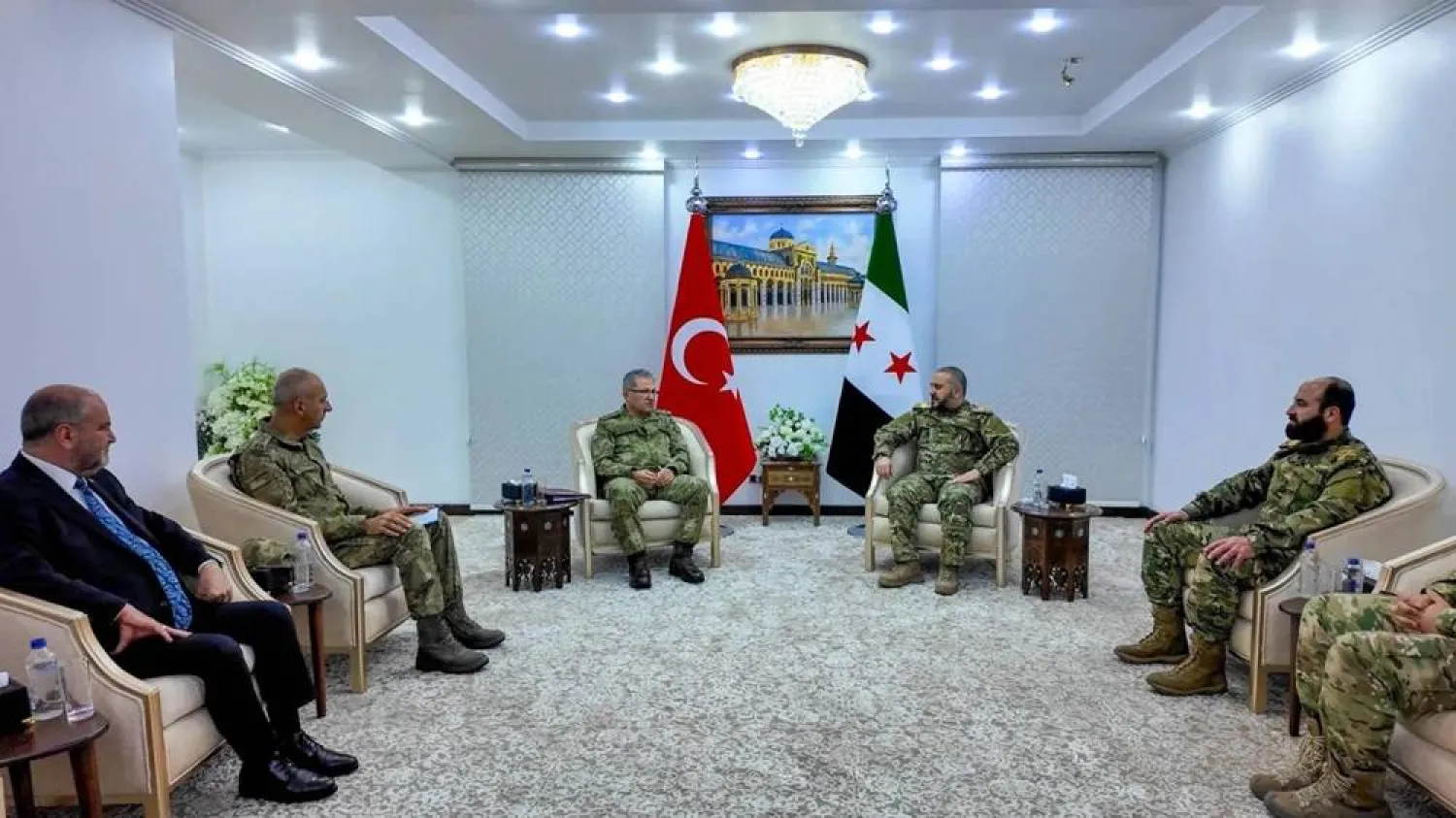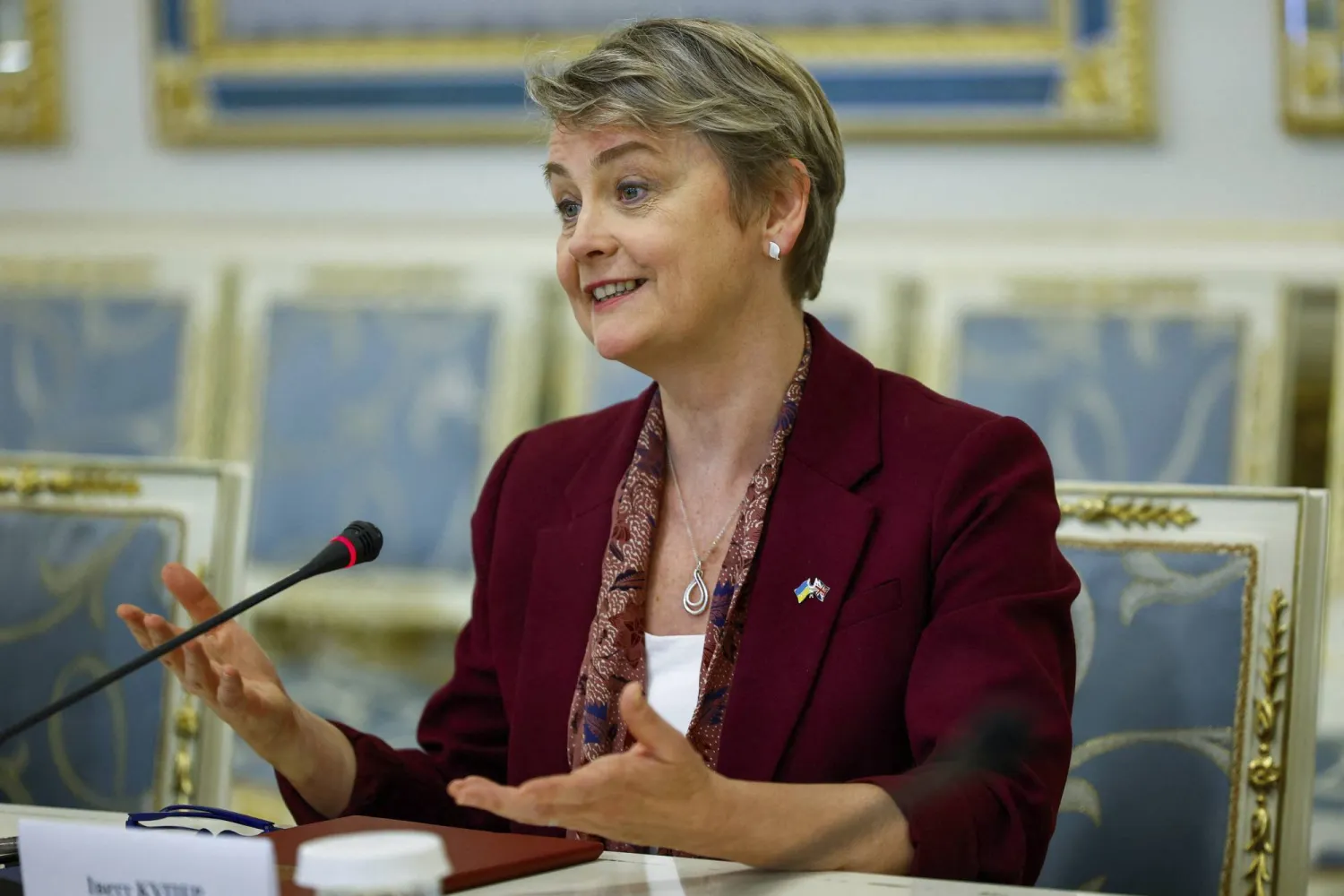Iraqi Shiite cleric Moqtada al-Sadr made a surprise move on Monday by offering “conditional reconciliation” with head of the Fatah alliance, Hadi al-Ameri, of the rival Shiite Coordination Framework.
Thousands of Iraqis took to the streets of Baghdad Monday in counter-protests as rival supporters of Sadr extended their occupation of parliament into a third day.
Almost 10 months after Iraqis went to the polls, a political standoff pits two key factions of the Shiite political scene, between the populist Sadr with a devoted following of millions, and the pro-Iran Framework.
Police fired water cannon at crowds in a bid to prevent them from crossing a bridge leading to the Green Zone, inside which thousands of Sadr supporters maintained their protests, waving flags and carrying placards of their leader.
Sadr's supporters on Saturday breached the normally high-security Green Zone -- also home to government buildings and embassies -- in protest at the prime ministerial nomination by the Framework.
Amid the tensions, Ameri addressed an open letter to Sadr on Monday.
Noting that the tensions could boil over into violence, he called on his “brothers in the Sadrist movement and Coordination Framework to return to reason and wisdom, show restraint, and prioritize the country and people, through holding serious and constructive dialogue aimed at reaching solutions to disputes between them.”
“The blood of the Iraqis is dear to all. The people have since the 1970s been bleeding profusely. So, enough bloodshed,” he declared.
Sadrist official, Salih Mohammed al-Iraqi, commonly known as “Sadr’s minister”, said this isn’t the first time Ameri makes a call to dialogue “between the Framework, of which he is a member, and the Sadrist movement, which he abandoned.”
He added that should the Sadrists agree to dialogue, in return, they expect Ameri and his bloc to quit the Framework.
Commenting on Ameri’s call, head of the Sadrists’ political authority, Ahmed al-Mutairi said: “By reading your statements, I understand that you are no longer part of the Framework.”
“Your words should be addressed to the Framework, not the Sadrists, as we are not the ones calling for blood and strife,” he added.
He stated that Ameri should either declare that he was leaving the Framework, otherwise he would continue to be viewed as their member and part of the strife they are seeking.
“How can you ask us to hold dialogue with those threatening a national and political leader?” he asked, referring to Sadr.
Former Prime Minister and member of the Framework, Haidar al-Abadi called for dialogue between the rival Shiite parties.
“I welcome calls for dialogue. They are a sign of reason among all sides. I have repeatedly called for dialogue and understanding and I renew it today. I support any understandings over solutions, no matter their results, as long as they preserve Iraq’s security and stability,” he added.









